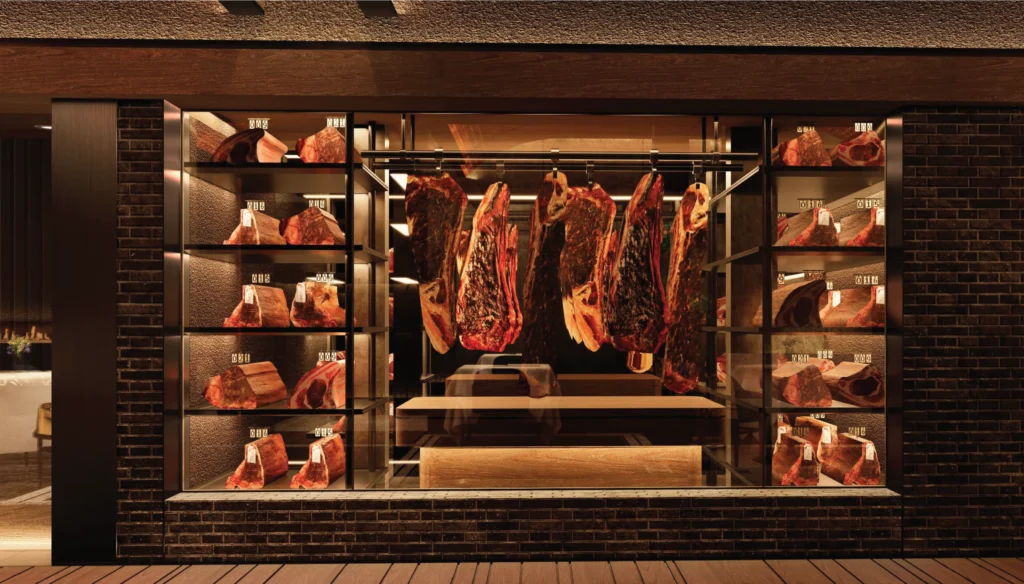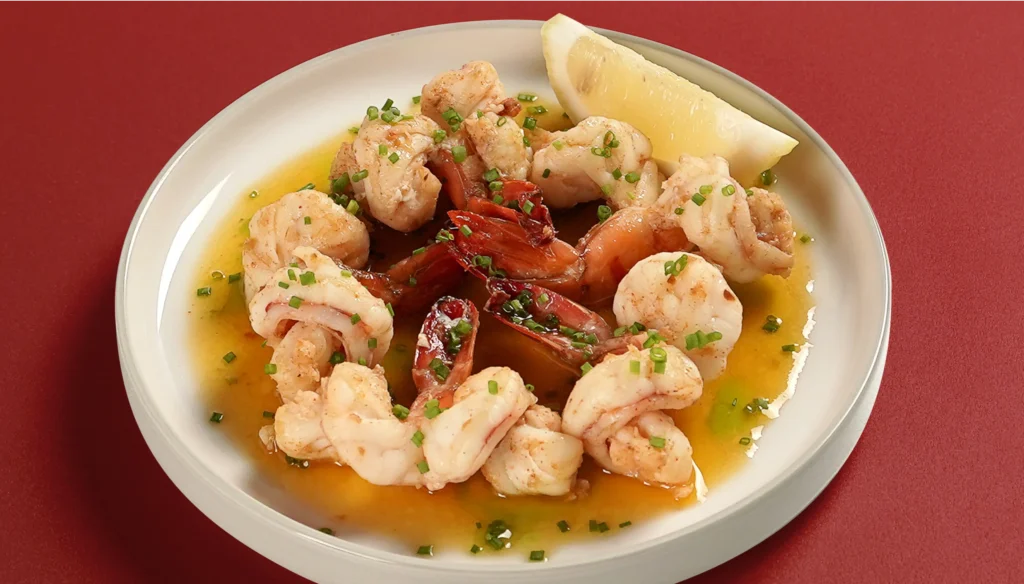Dry-aged steak is quickly becoming the new standard for steak lovers seeking a deeper, more intense flavor and a melt-in-your-mouth texture. Unlike traditional steaks, which are typically aged in a vacuum-sealed bag, dry-aged steak is hung in a controlled environment where it’s exposed to air for several weeks. The moisture in the meat evaporates, concentrating its flavor and giving dry-aged steak a rich, smokey, and beefy taste that’s far more complex than its fresh counterparts. Dry-aged steak offers a rich, unforgettable experience that keeps steak lovers coming back for more.
Selecting the Finest Cuts
When it comes to dry-aged steak, selecting the right cut is crucial for getting the best results. Popular cuts for dry aging include ribeye, tomahawk, and porterhouse, all of which have plenty of marbling and fat. The fat helps protect the meat during the aging process and enhances the flavor once cooked. These cuts are thick enough to withstand the loss of moisture during the dry-aging process, which typically lasts anywhere from 14 to 60 days. The longer the dry-aging period, the more concentrated the flavors become. Choosing a high-quality cut from a trusted butcher ensures the best possible dry-aged steak.
The Art of Grilling: Technique That Makes a Difference
Grilling dry-aged steak requires a careful balance to preserve its rich flavor and tender texture. The key is to use a two-zone cooking method: start by searing the steak over high heat to develop a savory, crispy crust, then move it to a cooler side of the grill to finish cooking. This method ensures that the steak retains its juiciness while developing a flavorful exterior. Because dry-aged steaks are often more tender and have less moisture, they cook faster, so it’s essential to monitor the temperature with a meat thermometer to avoid overcooking. A perfect medium-rare finish is ideal for showcasing the complex flavors of dry-aged steak.
The Art of Final Touches: Seasoning & Preparations
Dry-aged steak’s intense flavor is best appreciated with minimal seasoning. A simple sprinkle of salt and freshly cracked black pepper is usually enough to bring out the steak’s natural richness. Seasoning just before grilling allows the salt to draw out the steak’s juices, while the pepper adds a subtle kick. Once the steak is grilled to perfection, let it rest for a few minutes to allow the juices to redistribute throughout the meat. This simple yet elegant preparation ensures a truly exceptional steak experience.






